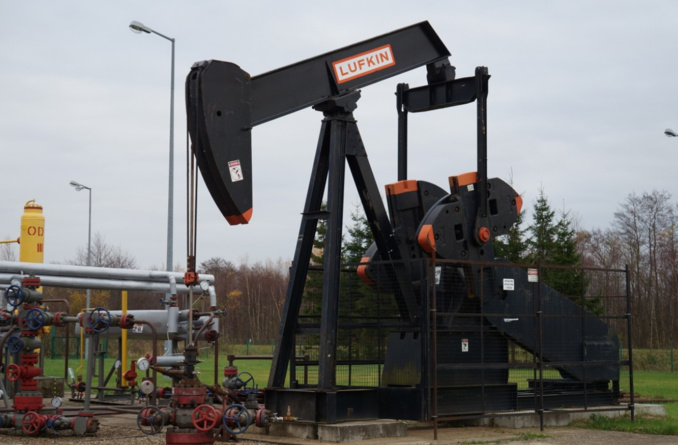This is the agency's first forecast for next year. Demand growth is expected to be 5.4 mln bpd in 2021 and 3.1 mln bpd in 2022. Last year, oil consumption in the world fell by 8.6 mln bpd amid the coronary crisis.
"OPEC needs to "open the taps" in order to maintain an adequate supply level," the IEA report said. Recall that under the current OPEC+ agreement, its members will be gradually increasing production, including by 2.1 million bpd by June this year. Two-thirds of the increase will come from Saudi Arabia, after which OPEC will have the option to increase production by 6.9m bpd. OPEC plus countries' total production had already risen by 320,000 bpd to 40.4m bpd in May. The states had fulfilled the agreement by 124% and non-OPEC countries by 94%. Total global oil production in May increased by 960 kbpd to 94.3 mln bpd. OPEC+ supply could rise by 800,000 bpd this year if member countries adhere to easing plan.
Non-OPEC producers would see their supplies increase too, but not enough to match demand, the agency said. Output from those countries could rise by 710,000 bpd this year and 1.6m bpd next year. Most of the growth in 2022 would come from non-OPEC countries, including the US (900,000 bpd), Canada, Brazil and Norway. As a result, total non-OPEC supplies will be about 1m b/d higher than 2019 levels (48.2m b/d by the end of 2022), while OPEC supplies - even if the organisation compensates for rising demand - will be 2.1m b/d lower.
Uncertainties for the world market are return of Iranian oil (the country is currently supplying around half of what it could - 2.4m b/d) and the fight against pandemics in developing countries, where vaccination rates are significantly lower than in developed countries. With the easing of sanctions on Iran, its output could rise by 750m bpd to 3.15m bpd, before recovering to 3.8m bpd by the end of next year, the IEA forecasts.
source: iea.org
"OPEC needs to "open the taps" in order to maintain an adequate supply level," the IEA report said. Recall that under the current OPEC+ agreement, its members will be gradually increasing production, including by 2.1 million bpd by June this year. Two-thirds of the increase will come from Saudi Arabia, after which OPEC will have the option to increase production by 6.9m bpd. OPEC plus countries' total production had already risen by 320,000 bpd to 40.4m bpd in May. The states had fulfilled the agreement by 124% and non-OPEC countries by 94%. Total global oil production in May increased by 960 kbpd to 94.3 mln bpd. OPEC+ supply could rise by 800,000 bpd this year if member countries adhere to easing plan.
Non-OPEC producers would see their supplies increase too, but not enough to match demand, the agency said. Output from those countries could rise by 710,000 bpd this year and 1.6m bpd next year. Most of the growth in 2022 would come from non-OPEC countries, including the US (900,000 bpd), Canada, Brazil and Norway. As a result, total non-OPEC supplies will be about 1m b/d higher than 2019 levels (48.2m b/d by the end of 2022), while OPEC supplies - even if the organisation compensates for rising demand - will be 2.1m b/d lower.
Uncertainties for the world market are return of Iranian oil (the country is currently supplying around half of what it could - 2.4m b/d) and the fight against pandemics in developing countries, where vaccination rates are significantly lower than in developed countries. With the easing of sanctions on Iran, its output could rise by 750m bpd to 3.15m bpd, before recovering to 3.8m bpd by the end of next year, the IEA forecasts.
source: iea.org



















